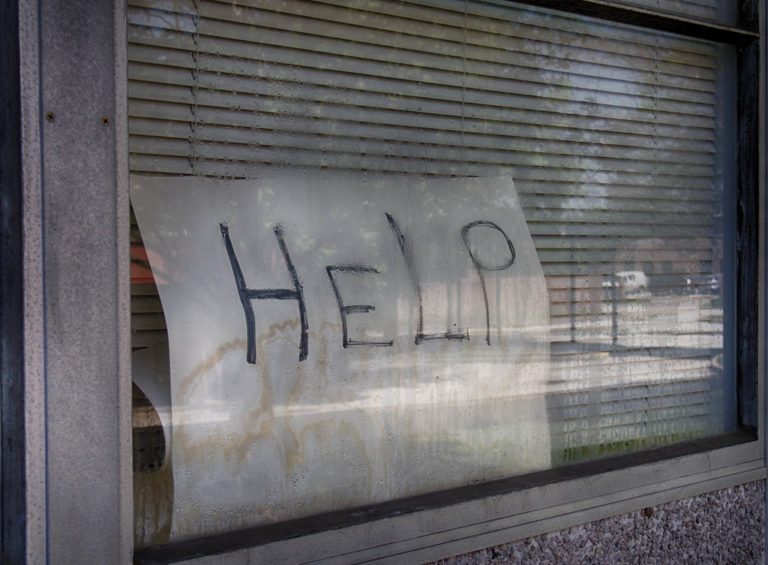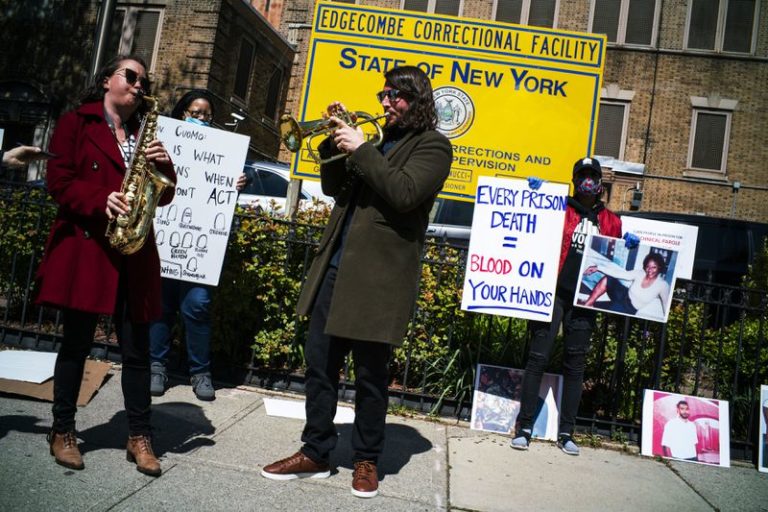The recent homicide of Daniel Prude in police custody in Rochester, NY, at its core illustrates how the context of social inequality and systemic racism can have fatal consequences when law enforcement interacts with people of color; policing mental illness instead of recognizing it for what it is and providing the necessary assistance. This couldn’t be more true for my family, and specifically my son, Carlos. In fact, it made the difference between him being taken to the hospital or being handcuffed and arrested.
However, according to NRS 200.120, there is a justifiable homicide but it only occurs when the danger was urgent, the non-aggressor faced death or substantial bodily harm, a reasonable person in the same situation as the non-aggressor would also fear for their life, and the non-aggressor was not acting out of revenge. Just having a “bare fear” of being injured from the aggressor is insufficient evidence to justify a killing. Additionally, Nevada has a “castle doctrine,” stating it is justifiable to kill an intruder in an occupied home or vehicle if the intruder is trying to commit a felony and posing a threat.
Carlos is 15 years old, Puerto Rican, and has a serious mental illness that causes him to lose control and become violent. It seems that where he is and who is with him determines whether he is treated as a sick person or a criminal.
We adopted Carlos five years ago after his mother — my cousin — died in front of him of a drug overdose.
That traumatic and tragic event rendered him an orphan and marked the culmination of the first nine and a half years of his life that were filled with abuse, neglect, homelessness, abandonment, violence, and deprivation.
While his name, skin color, and other physical features may not match the population of our small, predominantly White town (85%, 2018 Census), being bookended by my husband and I has likely shielded him from overt racism.
Despite such early and life-long exposure to events that most people do not experience in their entire lives, Carlos displayed the ‘resilience’ that many mental health workers celebrate in children with his background. He is genuinely sweet and very engaging. He seemed to adapt to his new home with us, a new school, friends, and the like. In many ways, he was ‘fitting in’ to his new life in the partly rural area one hour north of New York City where we live, which was quite different from the urban New England city he came from. While his name, skin color, and other physical features may not match the population of our small, predominantly White town (85%, 2018 Census), being bookended by my husband and I has likely shielded him from overt racism.
First, our education and income confer privileges above that of the average mainland Puerto Rican adult. Second, my husband is White and while I am Puerto Rican, my physical features are such that many express surprise when I identify as Puerto Rican. In short, we likely present to others in our sleepy town as the White adoptive parents of a troubled, previously disadvantaged boy of color.
So why does this matter? Over the past few years, Carlos has had countless PTSD-related violent incidents bringing numerous county and state police officers into our home. On many occasions, he had to be restrained by up to three of them [police officers]. When we informed them of Carlos’s mental health illness they immediately classified him as emotionally disturbed thus taking him to a hospital rather than a jail. It seems that our real or perceived ‘Whiteness’ protected Carlos when he was with us in our small-town environment.
Related Articles: How U.S Court Systems Should Respond to IPV | 5 Resources to Fight Racism
A very different outcome occurred, however, when Carlos was in a small city setting only 40 miles from our home and surrounded by people of a different complexion (58% White, 2018 Census). In an effort to obtain more treatment for Carlos’ illness, we placed him in a community residence run by a state Office of a Mental Health-funded agency one-half hour north of New York City.
During an episode, Carlos became angry over restrictions imposed to limit the use of his electronic device. The situation quickly deteriorated and led to fighting with a staff member and a call to the police which resulted in his being arrested and taken to juvenile detention to await a hearing.

The officers knew it was a community-based residence for adolescent boys with mental health issues and not a program for those with prior criminal justice involvement.
But unlike the officers who have been in our comfortable-looking, single-family home in a town where fewer than 1 in 5 people identify as Black or Hispanic, the officers who arrested Carlos work in a city where almost 1 in 2 people are Black or Hispanic. When the police responded to the call at the residence, Carlos was in the presence of four Black male staff members. He was composed when the police arrived, described the incident calmly, and cooperated with them, however, he was still handcuffed and arrested.
Having been in the presence of Black individuals in a community with substantially more people of color means that my son now has a criminal record. Had the incident occurred 40 miles away in our town and with us at his side, Carlos would have likely gotten a ride to the hospital and mental health care instead.

Apparently my 15-year-old son did not need treatment for his illness but rather a punishment for the crime of having PTSD. The hospital-treatment path gave way to the criminal justice-detention path.
I am not claiming that the small-town officers have special empathetic qualities nor accusing the city officers of intentional disregard or discrimination. What this story illustrates is that their responses to a very similar incident – violent behavior by an emotionally disturbed youth in a residential setting – were very different.
Data shows that people of color and the mentally ill suffer more at the hands of police compared to their White and non-mentally ill counterparts. The different way the police treated Carlos is just another example of these deep-seated and potentially lethal inequities.
Call it systemic racism, call it context, whatever the term, for Carlos it could be a matter of his life or death.
—
About the Author: Diana Romero is an Associate Professor in the Department of Community Health and Social Sciences at the City University of New York (CUNY) Graduate School of Public Health and Health Policy. Her research has focused on poverty policies and the health of poor and low-income women and children, reproductive health, rights, and policies, as well as access to health care among immigrant, racial/ethnic minorities, and poor communities. Among other projects, she is currently conducting research on the intersections between public health and social work interventions for families in the child welfare and social services systems.
Editor’s Note: The opinions expressed here by Impakter.com columnists are their own, not those of Impakter.com. — In the Featured Photo: A graphic design depicting mental health. — Featured Photo Credit: Pixabay.









